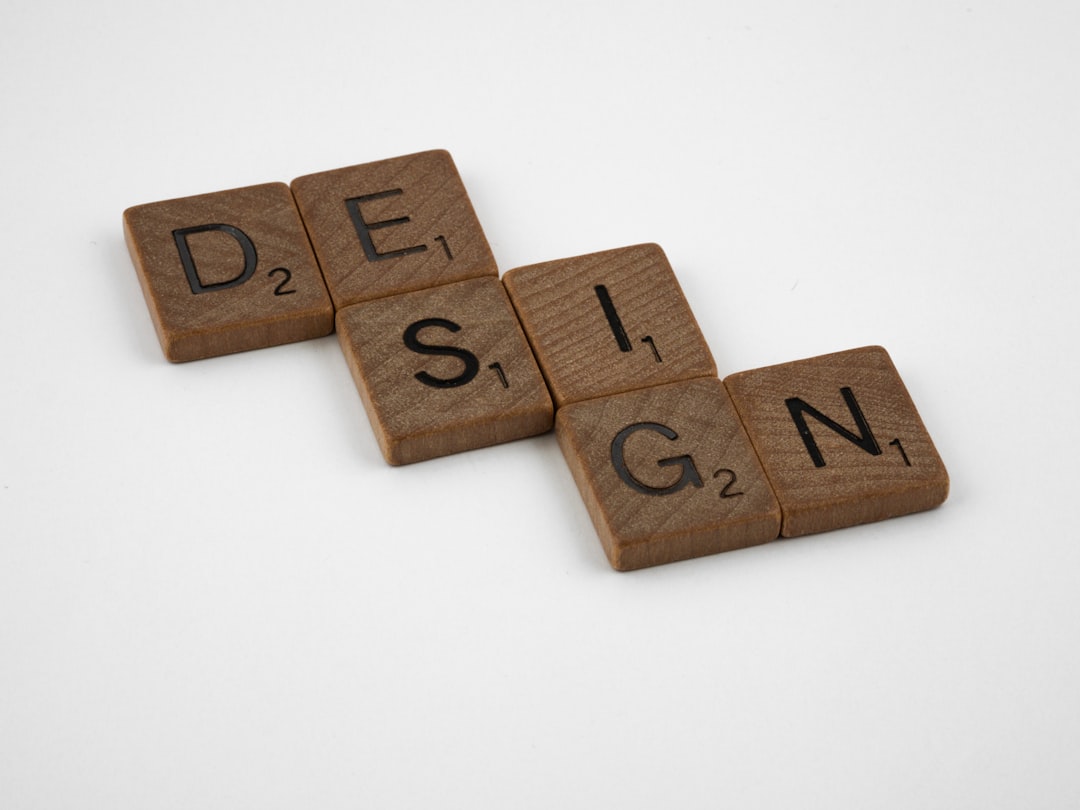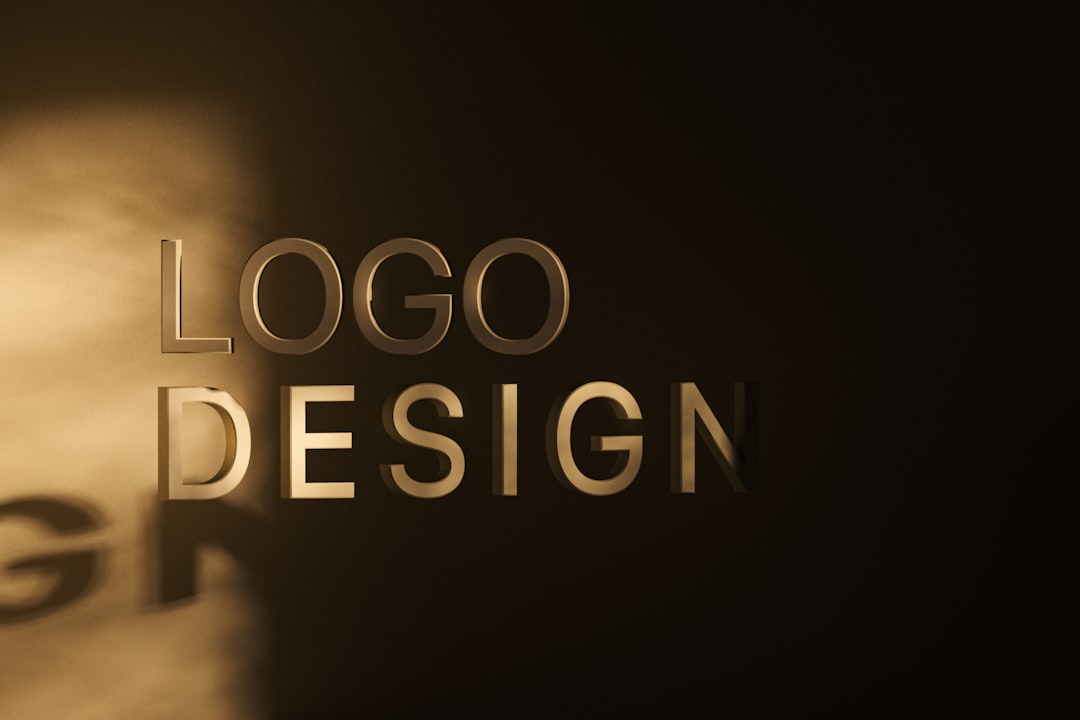Choosing a logo template offers an efficient way for businesses and individuals to establish brand identity without hiring a dedicated designer. However, the widespread use of templates often leads to one concern: *looking generic*. To stand out in a crowded market, it’s critical to choose and customize logo templates strategically.
TLDR:
Logo templates can save time and money, but it’s easy to end up with a generic design. To avoid this, focus on customization, brand uniqueness, and strategic template selection. Avoid overused elements, opt for subtle details, and ensure your final design aligns with your brand’s personality.
Why Logo Templates Are So Popular
Logo templates have become a go-to solution for entrepreneurs, freelancers, and startups. Their biggest advantages include:
- Affordability: Most templates are inexpensive or even free.
- Speed: You can have a logo in minutes without back-and-forth communication with a designer.
- Accessibility: With drag-and-drop builders and pre-set designs, anyone can create a logo.
But with these benefits come drawbacks—mainly the risk of a logo that lacks originality.
Common Pitfalls of Generic Logo Templates
To understand how to avoid looking generic, it’s essential to first identify what makes a logo look that way. Some of the most common red flags include:
- Overused icons like lightbulbs, leaves, or abstract people figures
- Generic fonts with no brand personality
- Poor use of symmetry or alignment
- Lack of uniqueness or differentiation from competitors

How to Choose a Logo Template That Doesn’t Look Generic
The key is to go beyond simply picking a template that “looks good.” Instead, your selection should reflect your brand DNA. Here are core steps to choosing the right template:
1. Define Your Brand First
Before browsing templates, identify your brand values, target audience, and personality.
- Is your brand playful or professional?
- Do you want a modern, vintage, or minimalist look?
- What colors represent your brand story or emotional tone?
Having this framework helps you filter the available templates with purpose, not just aesthetics.
2. Avoid the Overused Styles
Some templates are used by thousands of people. When browsing platforms like Canva, Envato, or Looka, search for templates that are less obviously trendy—and more versatile or abstract.
Tips:
- Choose templates with subtle uniqueness, such as custom shapes or hidden symbolism
- Stay away from stock icons or clipart that appear in multiple industries
- Look at templates with fewer downloads or search for “premium” categories
3. Focus on Typography
A well-chosen typeface can elevate a simple logo. Many generic logos fall flat due to poor font choices.
- Pick typefaces that are not overused (like Papyrus or Comic Sans)
- Consider pairing two complementary fonts: one for the name, one for the tagline
- Customize letter spacing and alignment to create rhythm and visual appeal
4. Customize Heavily
Customization is your secret weapon in the fight against generic design. Treat the template as a starting point, not the final solution.
Ways to customize include:
- Change colors to match your branding palette
- Edit shapes or combine parts from multiple templates
- Add or remove elements strategically to enhance meaning
Even small tweaks like adjusting line weights or rotating icons slightly can provide uniqueness while preserving the template structure.
5. Test Against Competitors
Place your customized logo next to logos of direct competitors. This test will help you spot similarities or overlaps you may want to avoid. Your logo should instantly feel different or represent a distinct tone.

6. Ask for Second Opinions
Sometimes, a fresh set of eyes can help you avoid common mistakes. Share the logo with colleagues, mentors, or friends from outside your industry. Ask:
- What’s the first impression?
- Does it feel unique?
- Do they associate it with another brand they’ve seen?
7. Consider Long-Term Flexibility
A strong logo works across multiple formats: websites, packaging, social media, and merchandise. Overly detailed designs may not scale well or adapt to mono versions.
Make sure your template can be simplified without losing recognition—or plan for a responsive logo system with multiple variations.
Resources for Quality Logo Templates
Not all template libraries are created equal. Here are a few quality sources that offer unique or customizable logo templates:
- The Noun Project: Strong in symbolism, often overlooked for logo design
- Envato Elements: High-quality templates with lower duplication risk
- Looka and Tailor Brands: AI-based with decent customization options
- Creative Market: Offers boutique-style templates from individual designers
Tips to Add a Human Touch
Even the best logo template can appear robotic without human input. To make your final design feel alive:
- Inject hand-drawn elements or customized patterns
- Create a logo story that explains the inspiration or symbolism
- Use slight imperfections or organic textures for authenticity
Ultimately, it’s the *personal relevance* of your logo that sets it apart. When users feel like the logo couldn’t belong to anyone else, that’s when you’ve succeeded.
Final Thoughts
Choosing a logo template doesn’t mean sacrificing originality—it means using a tool that saves time while still demanding creativity. When chosen and refined with intent, a template can carry your brand message just as powerfully as a custom design. The trick lies in knowing yourself, questioning trends, and spending the time to make the logo truly yours.
FAQ: Choosing a Logo Template Without Looking Generic
- Can I get a unique logo from a template?
- Yes, with proper customization and brand alignment, templates can serve as strong foundations for unique logos.
- What elements should I avoid in logo templates?
- Steer clear of overused symbols like lightbulbs, leaves, and shields. Also avoid popular generic fonts and color schemes.
- Is it okay to combine parts of different logo templates?
- Yes. Combining elements from various templates or creating a logo kit is a great way to introduce originality.
- How much customization is enough?
- A good rule of thumb is that your final logo should no longer closely resemble the original template. Alter at least 3–4 elements such as type, color, icon, and spacing.
- Where can I find inspiration for customizing my logo?
- Explore platforms like Behance, Pinterest, and design blogs. Also consider your brand story and customer psychology.


